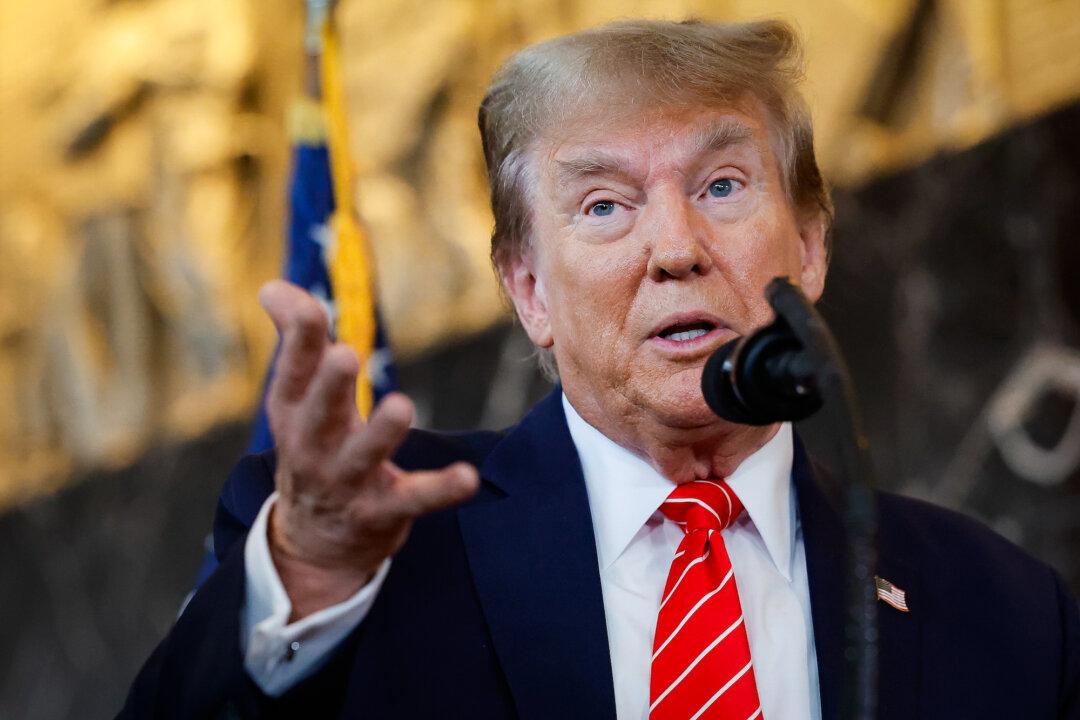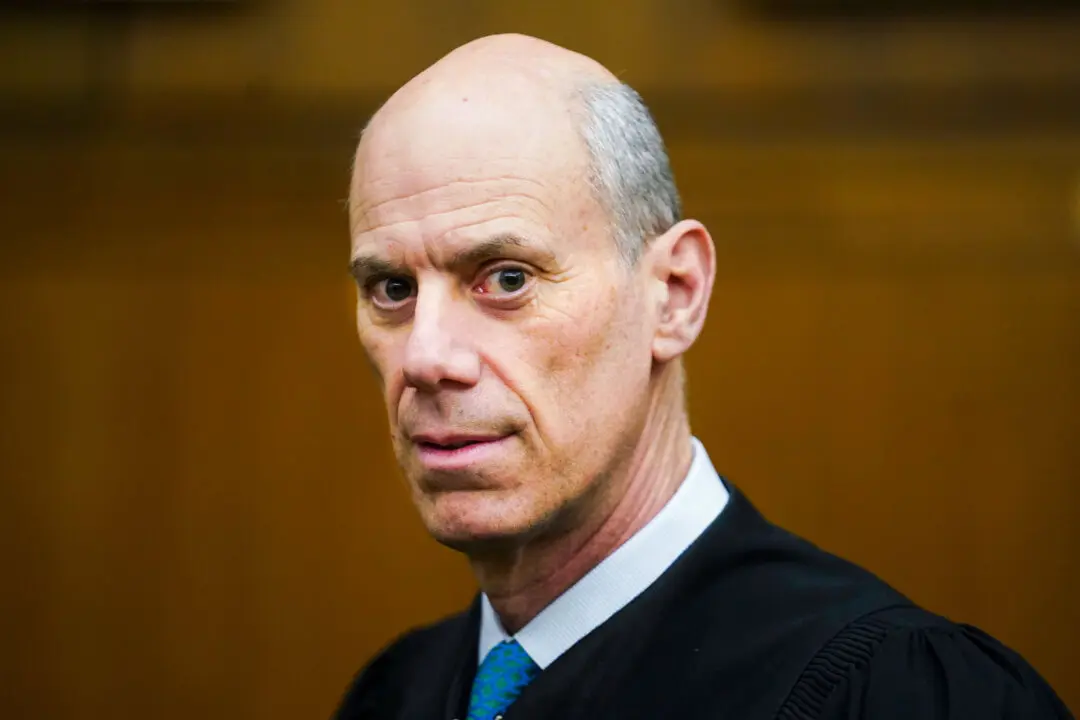Former President Donald Trump told the Supreme Court just days before oral arguments on Feb. 8 that a former Colorado legislator advanced flawed arguments to defend his ballot disqualification under Section 3 of the 14th Amendment.
Former Republican Colorado legislator Norma Anderson has joined other voters in arguing that President Trump’s conduct on Jan. 6, 2021, meant he fell under a post-Civil War provision that prevents certain people from holding office.
“President Donald J. Trump won the Iowa caucuses with the largest margin ever for a non-incumbent and the New Hampshire primary with the most votes of any candidate from either party,” it read. “He is the presumptive Republican nominee and the leading candidate for President of the United States.”
The brief attacked Ms. Anderson’s arguments on a variety of levels while suggesting that President Trump’s conduct failed to satisfy many elements of Section 3.
“There was no ‘insurrection,’ President Trump did not ‘incite’ anything, and President Trump did not ‘engage in’ anything that constitutes ‘insurrection,’” his brief read.
‘Officer of the United States’
Much of President Trump’s brief focused on the debate over whether he was even the type of “officer of the United States” who could face disqualification under Section 3.More specifically, Section 3 reads in part: “No person shall be a Senator or Representative in Congress, or elector of President and Vice-President, or hold any office, civil or military, under the United States, or under any State, who, having previously taken an oath, as a member of Congress, or as an officer of the United States, or as a member of any State legislature, or as an executive or judicial officer of any State, to support the Constitution of the United States, shall have engaged in insurrection or rebellion against the same, or given aid or comfort to the enemies thereof.”
From a textual standpoint, Section 3’s very long first sentence hinges on whether a person seeking the presidency or other offices had sworn an oath to “support the Constitution.” Ms. Anderson argued that a plain reading of “officer” indicates that the term referred to “all those who hold a federal office requiring an oath.”
“[O]rdinary parlance should prevail over ’secret or technical meanings that would not have been known to ordinary citizens in the founding generation,'” her brief read, citing the opinion in District of Columbia v. Heller. Ms. Anderson’s brief also pointed to historical statements purportedly suggesting the president was an “officer of the United States.”
Article II Clauses
President Trump’s brief countered that Ms. Anderson’s interpretation of “officers” would contradict prior court precedent and set up internal conflicts between various constitutional provisions.
“[Ms. Anderson] cannot overcome the overwhelming textual and structural evidence that ‘officer of the United States,’ as used throughout the Constitution, refers only to appointed and not elected officials,” the Feb. 5 brief from President Trump read.
It added that “no proclamation, floor statement, or court opinion can overcome the fact that elected officials—including the President, Vice President, and members of Congress—cannot be characterized as ‘officers of the United States’ because (1) They are not commissioned by the President; (2) They are not ’appointed‘ pursuant to Article II; and (3) They are excluded from the ’civil officers of the United States’ described in the Impeachment Clause.”







